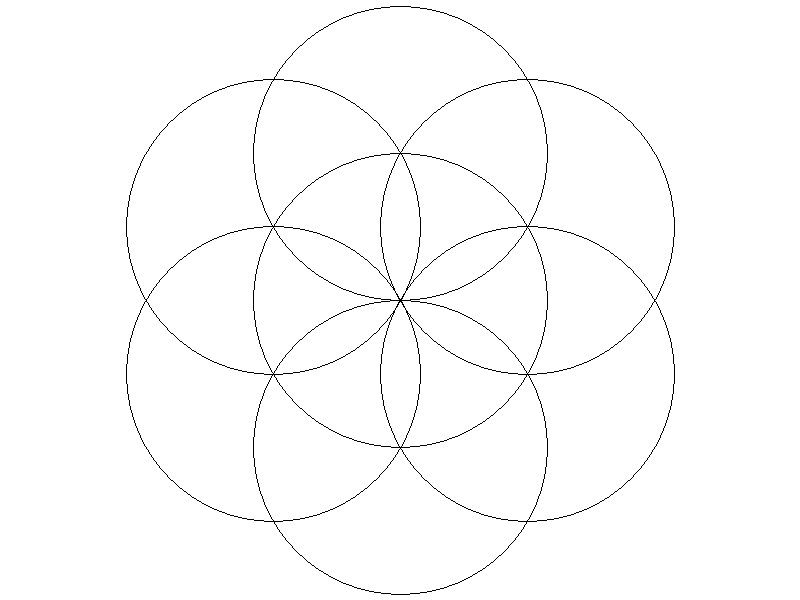Michael Gilligan –
Do you mean Mathematical Pie?
It is still going strong!
I recall that from school in the early 1960s, complete with its groups of digits along the top or bottom margin, from some calculation of pi to some absurd length! I don't know if it still publishes the pi values. Try this direct quote resulting from searching just by the title alone:
Mathematical Pie – Mathematical Association
http://www.m-a.org.uk › mathematical-pie
We hope you enjoy these resources – keep doing some maths! Take a look at this complimentary issue : Mathematical Pie No. 198. Mathematical Pie is published three times a year. It is aimed at pupils from 10 to 14 years of age, but is read by all age groups.
Edition 198 means it's been going now for 66 years – I encountered it first in the First Year at Weymouth Grammar School, nearly 57 years ago. (> 0.5 Century…. oooo-er!)
I do recall three articles. One explained those pi numbers, and gave a potted history of Pi calculations. Another described the geometry of the newly-invented Wankel rotary engine. The third I recall less clearly, something about the principle of a machine for drilling square holes (probably with quadrant corners), but I remember nothing other than it perhaps being somewhat similar to that of the engine.
I believe electricians have available a power-drill accessory for chasing out socket recesses in walls, but I think it is simply a drill-bush on two slides at right-angles to each other.
'
About 30 years ago a work colleague described his shock when, helping his daughter with her homework, he saw the question instructed taking poor little Pi as "3". Not three-and-one-seventh. Not 3.14 – both values well within the level of her maths. Just three.
Mathematics was always among my weakest subjects, but even I could handle 22/7. Just…. Times by 3.142? Errr, slide-rule or log tables unless the other factors are single digits!
There is a neat value worth bearing in mind: 0.7854. Why? Area of a circle = (pi/4)D^2. Which equals 0.7854D^2, near enough for sizing steam-pipes, working out stud strengths, and the like; and sometimes a calculation can be more convenient if all of one operator-type. Now look at a standard calculator keypad!
robjon44.





